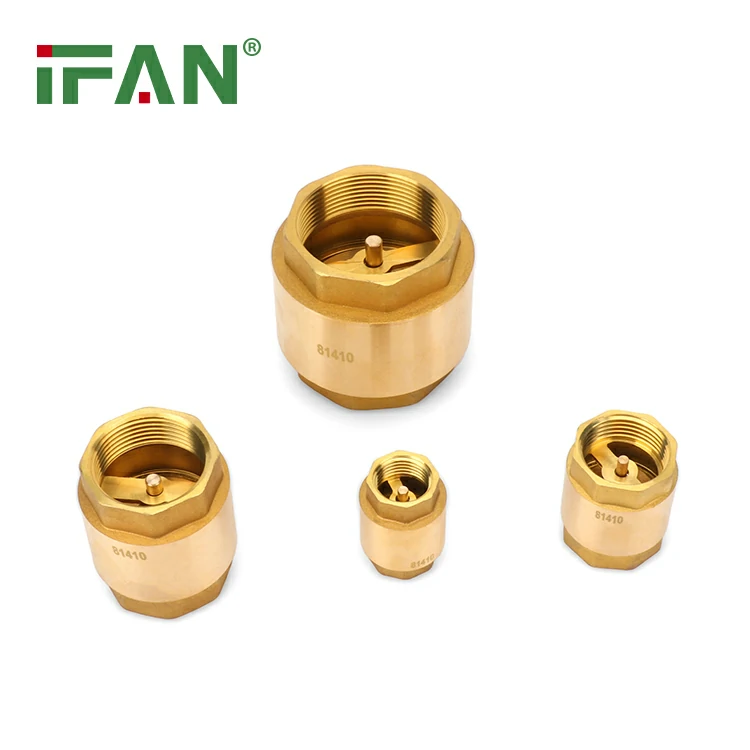A brass ball valve consists of several key components that work together to control flow. Here’s a breakdown of its main parts and their functions:
1. Ball (The Core Component)
- Material: Brass (often chrome-plated for smooth operation).
- Design: A hollow sphere with a bore (hole) through its center.
- Function:
- Open position: Bore aligns with the pipe, allowing flow.
- Closed position: Rotated 90° to block flow completely.
- Types:
- Full-port: Bore matches pipe diameter (minimal pressure drop).
- Reduced-port: Smaller bore (cheaper but restricts flow).
2. Valve Body
- Material: Brass (CW617N or lead-free DZR for potable water).
- Design: Houses all internal components; available in one-piece, two-piece, or three-piece constructions for maintenance.
- Connection Types:
- Threaded (NPT/BSP), soldered, or flanged ends.
3. Stem
- Material: Brass or stainless steel (for strength).
- Function: Connects the handle to the ball, transmitting rotational force to open/close the valve.
- Sealing: Uses O-rings or packing seals to prevent leaks around the stem.
4. Seats (Sealing Rings)
- Material: PTFE (Teflon), nylon, or reinforced thermoplastics.
- Function: Create a bubble-tight seal between the ball and valve body when closed.
- Durability: Soft seats wear over time but allow smooth operation.
5. Handle or Actuator
- Types: Lever (for manual operation), gearbox (for large valves), or automated actuator.
- Function: Rotates the stem/ball by 90° (quarter-turn operation).
- Locking Feature: Some handles have slots for padlocks (safety shutoff).
6. Bonnet (Upper Housing)
- Material: Brass (integral with the body in one-piece designs).
- Function: Covers the stem and seals the top of the valve.
7. Seals & Gaskets
- Materials: PTFE, Viton, or EPDM (varies by fluid compatibility).
- Locations:
- Stem seals: Prevent leaks around the stem.
- Body gaskets: Used in multi-piece valves to seal joints.
8. End Connections
- Threaded (NPT/BSP): Common for small pipes.
- Soldered (Sweat Fit): Used with copper piping.
- Flanged: For high-pressure/large-diameter systems.
How These Components Work Together
- Turning the handle rotates the stem, which spins the ball.
- In the open position, the ball’s bore aligns with the pipe for unimpeded flow.
- In the closed position, the solid side of the ball blocks flow, with seats ensuring a tight seal.
Why Brass?
- Corrosion-resistant (vs. iron).
- Stronger than plastic (handles higher pressures).
- More affordable than stainless steel.
Common Issues:
- Stem leaks: Worn O-rings/packing.
- Stiff handle: Debris in seats or lack of lubrication.
- Seat failure: Caused by throttling (partial opening).
View more:https://www.ifanfittings.com/


